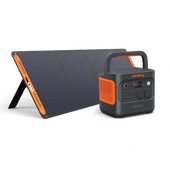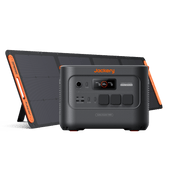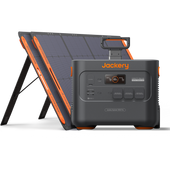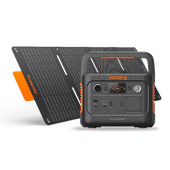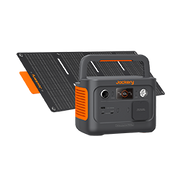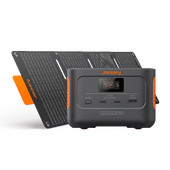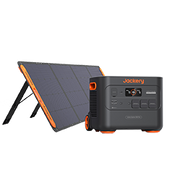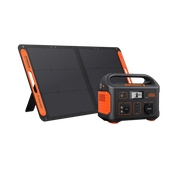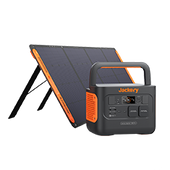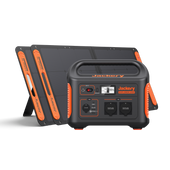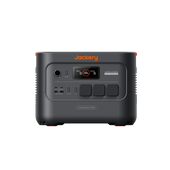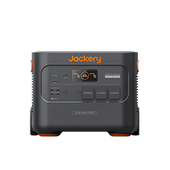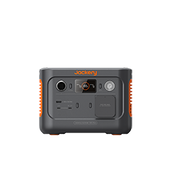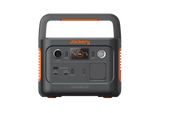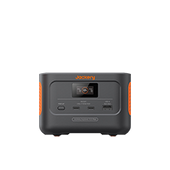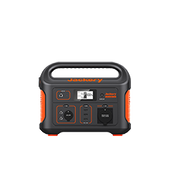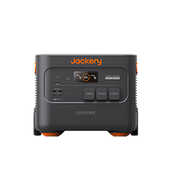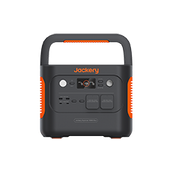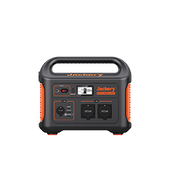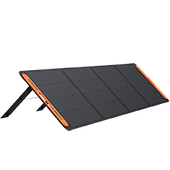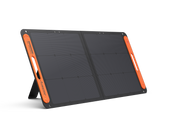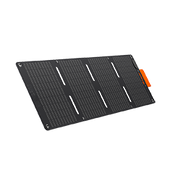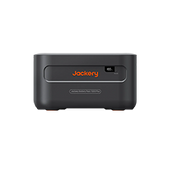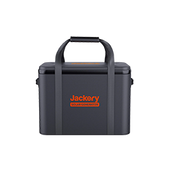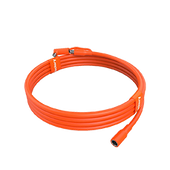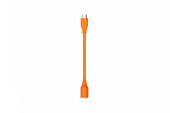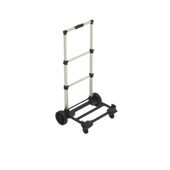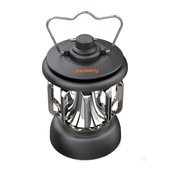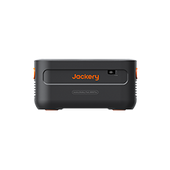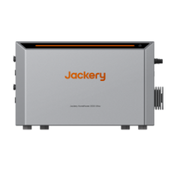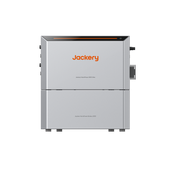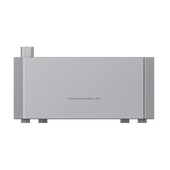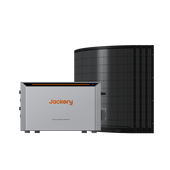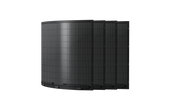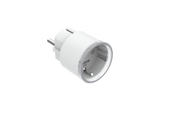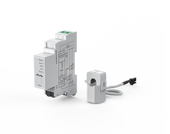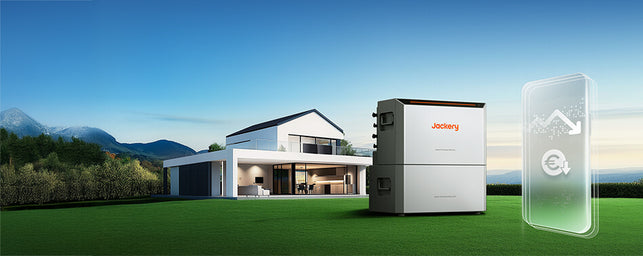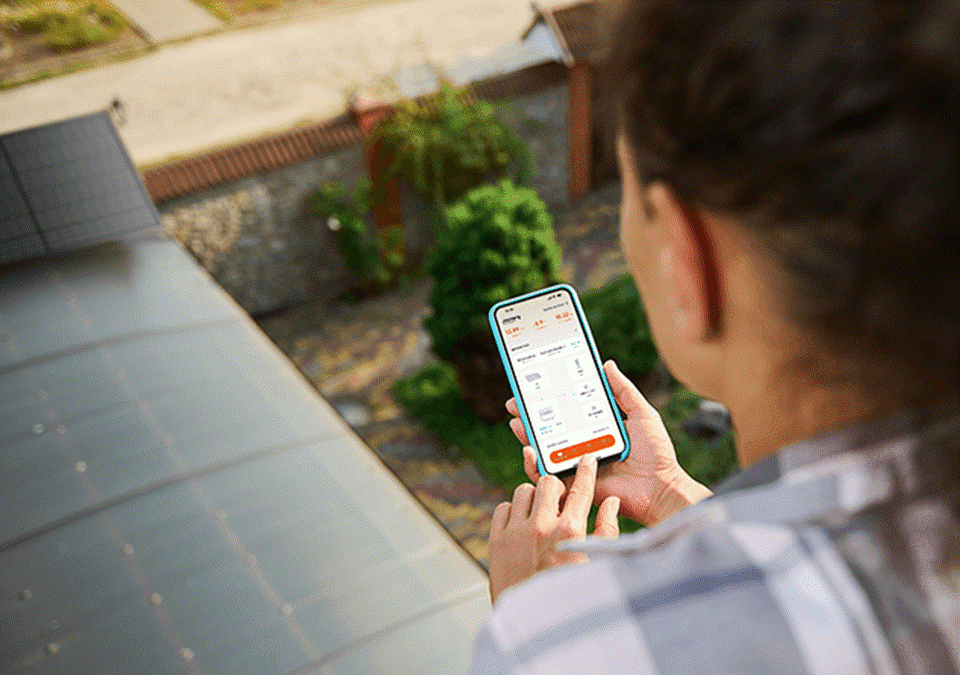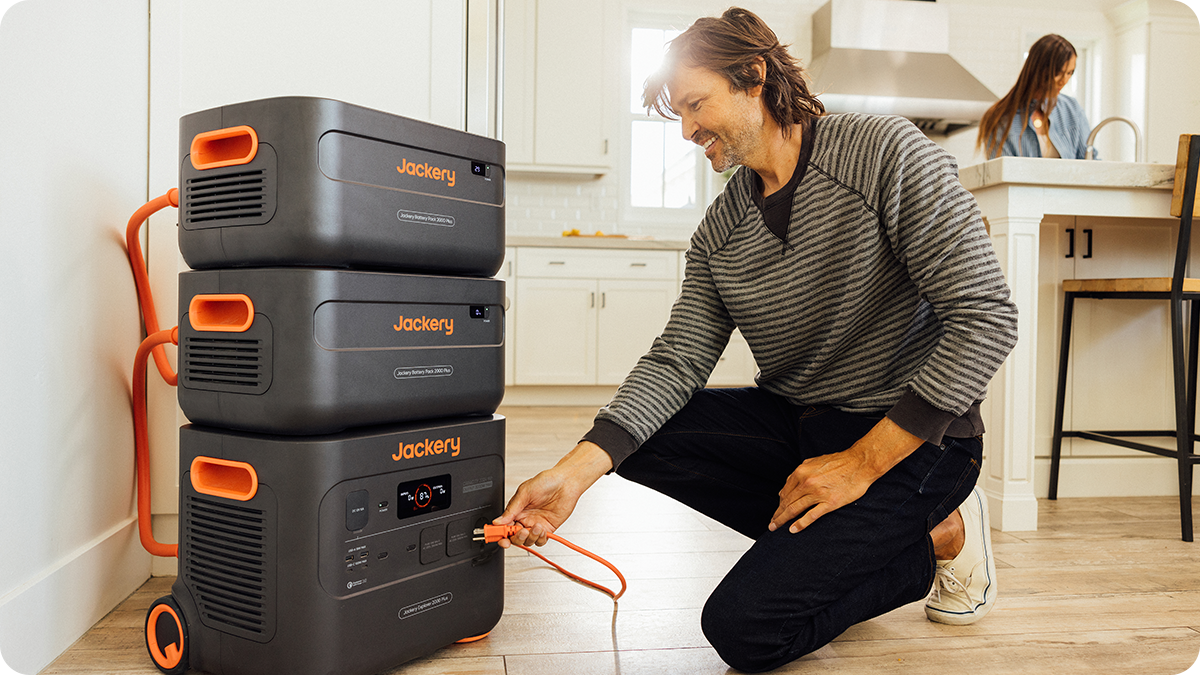The use of solar systems to generate green electricity is no longer a novelty. Nevertheless, the trend continues in Germany: as of 2024, around 3.4 million photovoltaic systems have been installed across the country. This figure includes both commercial and private installations, and smaller systems such as balcony power plants aren’t even included in this statistic. Looking at the past few years, there has been a steady increase in installed capacity. The share of solar energy in the overall electricity supply is also continuing to grow.
Interest in using solar energy is therefore also very high in the private sector. But whether you choose to install a PV system on your roof or opt for a balcony power plant, careful planning is essential in both cases. One thing that should not be overlooked: a detailed and informative wiring diagram for the PV system with storage. This diagram should illustrate the arrangement and function of all included components.
Such a wiring diagram can be helpful not only for a complex solar system with a storage unit. Even with the relatively simple installation of a balcony power plant, a wiring diagram can aid in better understanding the structure and operation of the system. In this article, we’ll show you why it’s important to create such a diagram and what you should consider when installing a PV system with storage.
What Basic Principles Must Be Observed?
Regardless of whether you are installing a large PV system or a compact balcony power plant, there are fundamental principles that you should follow. These ensure the safe and efficient operation of your system and should therefore be strictly observed:
- Compatibility of All Components: One key aspect is that all parts — from solar modules to battery storage units and inverters — must be properly matched. Make sure to research all components in advance, and if possible, stick with the same manufacturer.
- Maximizing Efficiency: To get the most out of your location, position the modules correctly — ideally facing south — and at the right angle, around 30–35 degrees.
- Safety: Safety is paramount when dealing with electrical systems. Both the system and the electrical circuit must be protected from overload. If necessary, seek help from a professional, use appropriate fuses, and follow the manufacturer’s instructions.
- Regular Monitoring: The system should be checked regularly for efficiency and functionality. This allows faults or optimization needs to be detected early and ensures the continued safe and efficient operation of the system.
- Compliance with Regulations: Be sure to follow all national and regional regulations to avoid legal issues. In the next section, we’ll explain which rules currently apply when installing a balcony power plant.
The Balcony Power Plant as an Uncomplicated Solution
Balcony power plants are an uncomplicated alternative to a rooftop solar system. These are particularly interesting for tenants or owners of flats who do not have access to their roof. If you are looking for an uncomplicated solution without many regulations and bureaucratic hurdles, a balcony power plant is ideal. It offers numerous advantages:
- Simple installation: Balcony power plants can often be installed without the need to hire a specialist company.
- Flexibility & mobility: They are also suitable for tenants or flat owners, as they are not permanently attached to the building and can therefore be taken with you if you move house.
- Less bureaucracy: Compared to rooftop solar systems, far fewer registrations and authorisations are required.
- Cost efficiency: Balcony power plants are significantly cheaper to purchase and install and offer you a long-term and reliable power supply without a lot of effort.
The Basics: Structure and Function of a Balcony Power Plant
A balcony power plant almost always consists of these three main components:
1. Solar modules: This is where the solar energy is absorbed and converted into electricity, which then flows out.
2. Inverter: The generated electricity arrives in the inverter as direct current. This is converted into alternating current, which can then be used in the household.
3. Battery storage: Many balcony power plants have a battery storage unit in which surplus electricity can be stored for later use. This means that you can also benefit from the solar system in the evening or on cloudy days.
A balcony power plant works as follows: The sun shines on the solar modules, which generate electricity. This is then fed into the household grid via the inverter. The electricity generated is automatically utilised by the connected household appliances as soon as they need it. You can either feed surplus energy into the public grid or store it temporarily in a storage unit.

What Is a Circuit Diagram for a PV System with Storage?
A circuit diagram for a balcony power plant with storage is a schematic representation that can be imagined as a kind of construction plan. It shows how the various components of a balcony power plant are connected to each other. The circuit diagram serves as a guide or overview to help you understand the structure and function of the system. The wiring diagram of the balcony power plant shows you how to connect it correctly. It is therefore helpful for both the installation and maintenance of the PV system with storage, as it illustrates how electricity flows from generation to utilisation.
The circuit diagram for a PV system with storage can be created manually. Sometimes it is supplied as part of the scope of delivery. It helps with the correct installation of the balcony power plant and thus avoids incorrect connections. For this reason, it contributes significantly to the safety of the installed system. The circuit diagram provides an overview of all the components included in the PV system with storage and can therefore be particularly helpful for non-professionals who want to install their balcony power plant themselves.
The circuit diagram of a balcony power plant with storage
This is the circuit diagram of a PV system with integrated battery storage:
- PV modules (solar modules): In a balcony power plant, the solar modules are usually mounted on the balcony, on the terrace, or on the façade of a house. The modules each have two connections: a positive pole and a negative pole. This is where the direct current (DC) is generated.
· Inverter: The inverter comes directly after the solar modules in the circuit diagram and is connected directly to them. This is where the direct current generated is converted into alternating current (AC), which can be used for household appliances.
· Connection to the power grid: The inverter is connected to a suitable socket via a cable. Depending on the system, this connection is made via a Schuko or Wieland plug. In this way, the electricity is fed into the household grid and can be used automatically by connected appliances.
· Battery storage: The storage unit is primarily located between the solar modules and the inverter. In many balcony power plants, however, the storage unit is also integrated into the inverter.
· Fuse elements: Fuse elements must also be included in the circuit diagram of a PV system with storage to prevent overloading or short circuits.
The Balcony Power Plant from Jackery: The Uncomplicated Solution
If you prefer an uncomplicated solution and don't want to bother with wiring diagrams or other technical details, we can recommend our Jackery Homepower 2000 Ultra. This easy-to-install balcony power plant includes solar modules, inverter and battery system. Thanks to our explanatory video, you can easily install the Jackery Homepower balcony power plant yourself, without experts and without a wiring diagram.
With a 2000 W MPPT input, the Jackery Homepower 2000 Ultra maximizes solar yield to 2,400 kWh per year — saving up to €960 annually and €14,400 over 15 years. It improves your self-consumption rate by up to 100%, achieves a return on investment (ROI) within 2.8 years, and generates ample clean energy!
Be prepared for severe weather warnings and protect your home with a smart fire protection system* featuring three levels of safety. By choosing the Jackery Homepower 2000 Ultra balcony power plant, you also benefit from intelligent real-time monitoring via app and an especially long-lasting battery. It withstands extreme temperatures from -20 to 55 degrees Celsius and is waterproof (IP65). In addition, the balcony power plant impresses with its portable and versatile all-in-one design and a long-term warranty of 10 years.
With the Jackery Homepower 2000 Ultra, you not only secure your power supply during sunny hours but can also store the generated electricity for later use. It offers a wide range of functions and is suitable for various scenarios. The solar panels, mounted on the balcony, reliably supply you with electricity for everyday needs. Power outages are detected within 20 ms, ensuring uninterrupted operation of essential devices.
Conclusion
Whether you choose a rooftop solar system or a balcony power plant — careful planning is essential in both cases. A detailed wiring diagram can help you better understand the setup and function of your PV system with storage and provide greater safety during installation.
For those looking for a simple and cost-effective solution, the Jackery 2000 Ultra balcony power plant is the perfect choice. It stands out with its easy installation, flexibility, and comparatively low bureaucratic requirements, making solar energy easily accessible even for beginners. With its additional, expandable storage function, the Jackery Homepower 2000 Ultra is an ideal solution for a variety of situations. And best of all, this PV system with storage works without a complex wiring diagram or complicated planning!
FAQ
Question: What is a balcony power plant?
Answer: A balcony power plant is the "smaller" alternative to a rooftop solar system and allows you to generate your electricity at home using photovoltaic technology.
Question: What is the structure of a balcony power plant with storage?
Answer: A balcony power plant consists of three main components: the solar panels, the inverter, and the battery storage unit.
Question: What should be considered when installing a balcony power plant?
Answer: There are some rules and regulations that you must adhere to when installing a balcony power plant. These include technical regulations on maximum output and the permissibility of the components installed. In addition, the installation of a balcony power plant must be registered with the grid operator and the Federal Network Agency.
Question: How do I utilise the energy from my balcony power plant?
Answer: The electricity generated by the balcony power plant can either be consumed directly or stored for later use with the help of a battery storage unit. Alternatively, you can also feed your surplus electricity into the public grid.
Question: What advantages does the balcony power plant offer compared to a roof-mounted system?
Answer: Installing a balcony power plant is far less complicated and can often be done without a specialised company. In addition, you will encounter far fewer bureaucratic hurdles and regulations when installing a balcony power plant than with a solar system for the roof.
Question: What is a circuit diagram?
Answer: A circuit diagram is a graphical representation of an electrical circuit. It should provide an overview of all the components required and help with the planning and installation of an electrical system.
Question: Do I need a circuit diagram for my balcony power plant?
Answer: The circuit diagram serves as a guide or overview to help you understand the structure and function of your system. A wiring diagram can be particularly helpful during installation or maintenance, as it makes it clear how the current flows. The Jackery Homepower 2000 Ultra does not require a wiring diagram as it is easy to install, thanks to our video instructions.
Question: What does a circuit diagram for a PV system with storage look like?
Answer: The wiring diagram for a PV system with storage shows that the solar modules are connected directly to the inverter. This, in turn, is connected to a socket and thus connected to the household grid. The storage tank is either located in the inverter or is placed between the inverter and the solar modules.



